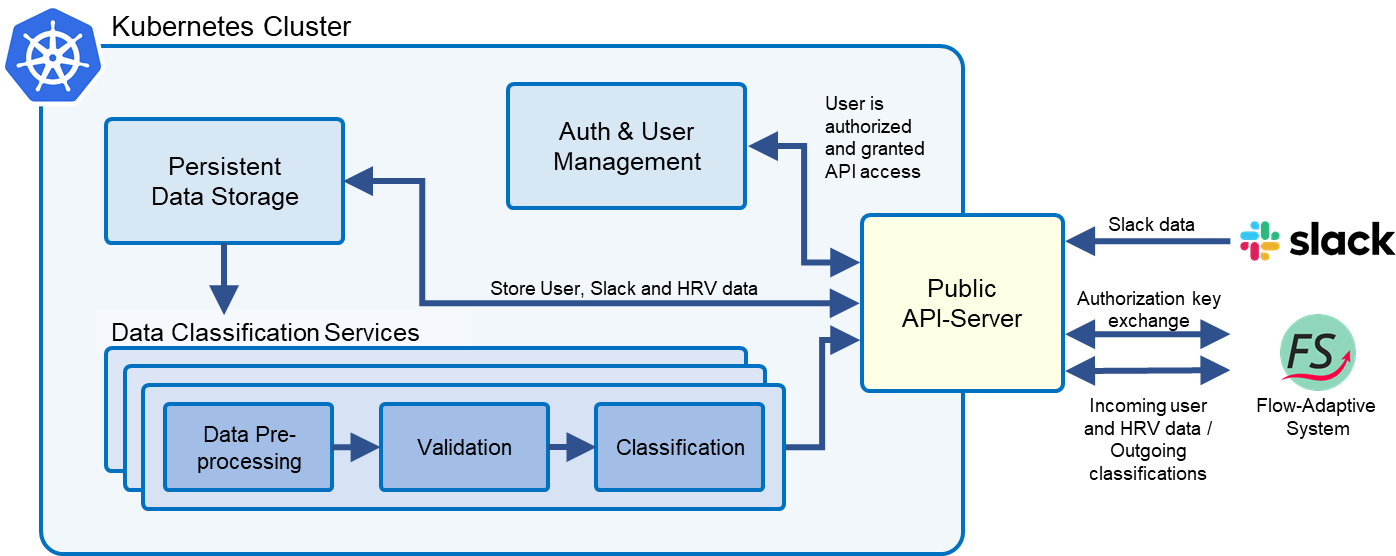Designing a Flow-Adaptive Notification System using a Machine Learning Classifier based on Heart Rate Variability
-
Digital notifications, e.g., from instant messaging applications, can interrupt employees’ flow at work, affecting desirable outcomes such as well-being or task performance. However, there are manual ways to influence notification behavior from information systems, such as by turning off the application or muting notifications for certain periods of time. However, these manual actions require self-discipline and result in missed notifications even when not in flow, and subsequently noticing important information too late. The proposed flow-adaptive notification system aims to solve this problem by measuring users' flow state at predefined intervals using machine learning and physiological data (e.g., heart rate variability). Once a flow state is detected, notifications from an instant messenger are automatically disabled for the duration of the flow state.

The adaptation paradigm of the flow-adaptive notification system.

The user interfaces of the flow-adaptive notification system are based on a tray icon that allows the user to control the application lifecycle and its autostart behavior, as well as to pause and re-enable the notification management.

The backend contains four services for API exposure, authentication and user management, persistent storage, as well as raw data processing and classification. The whole service landscape is deployed in the Kubernetes cluster hosted by our research group.
Publications
Physio-Adaptive Systems - A State-of-the-Art Review and Future Research Directions. Loewe, N.; Nadj, M. 2020. ECIS 2020 Proceedings - Twenty-Eighth European Conference on Information Systems, Marrakesh, Marokko, June 15 - 17, 2020, 19 S

